- Best early Prime Day laptop deals: My 12 favorite sales live now
- From Innovation to Action: Seizing the $43B Networking Refresh Opportunity with Cisco
- Best early Prime Day phone deals: My 17 favorite sales live now
- The 13 best early Prime Day 2025 deals under $25
- Are Amazon Basics tools any good? I bought a bunch to find out, and you'd be surprised
6 Best Governance, Risk & Compliance (GRC) Tools for 2024

Top 6 GRC tools:
As businesses in 2024 push forward in pursuit of enterprise success, competitors aren’t the only things standing in their way. Security, governance and compliance issues can create significant setbacks that slow organizations’ progress. After all, it’s far easier for businesses to reach their objectives without factors like compliance breaches, governance issues and cybersecurity threats nipping at their heels.
SEE: How to Start a Career in Cybersecurity (TechRepublic Premium)
GRC software tackles this issue by helping users stay a step ahead of the varying complexities of enterprise management. These solutions unify governance, risk and compliance operations to lighten the load of managing these vital factors. Many GRC tools are available today, each equipped with features that enable organizational teams to better comprehend their operational requirements, manage them effectively and avoid any threats on their path to success.
If you’re ready to learn how GRC software can enhance your business’s risk and compliance operations, you’ve come to the right place. This article compares the top GRC tools available in 2024.
Top GRC tools
GRC software solutions typically include standard features that allow for efficient and unified management of governance, risk and compliance operations. The six tools covered in this article each offer these capabilities, in addition to their own unique features that differentiate them from the rest.
Mitratech: Best for user-friendliness
Mitratech’s GRC solution, Mitratech Alyne, is an integrated solution that offers users greater transparency over their organization’s risk management. Using AI technology, the platform provides tools to help users understand their risks and implement the appropriate security response measures to defend against threats.
SEE: What Is Data Governance and How Does it Benefit My Organization? (TechRepublic)
All-in-all, Mitratech Alyne shines as an intuitive system that takes the guesswork out of governance and security while offering a complete, real-time view of the organization’s risk and compliance status. Continuous monitoring, data analytics and streamlined compliance features are just a few of the perks included in this intuitive platform.
Why I chose Mitratech Alyne
I chose Mitratech Alyne as one of the best GRC tools out there today because of its easy-to-use interface. Odds are, not everyone on your team is a tech whiz, and fortunately, this product won’t require an expert to comprehend its features and capabilities. I especially enjoy Alyne’s customizable workflows, which can allow even the most non-technical users to align the system with their unique needs.
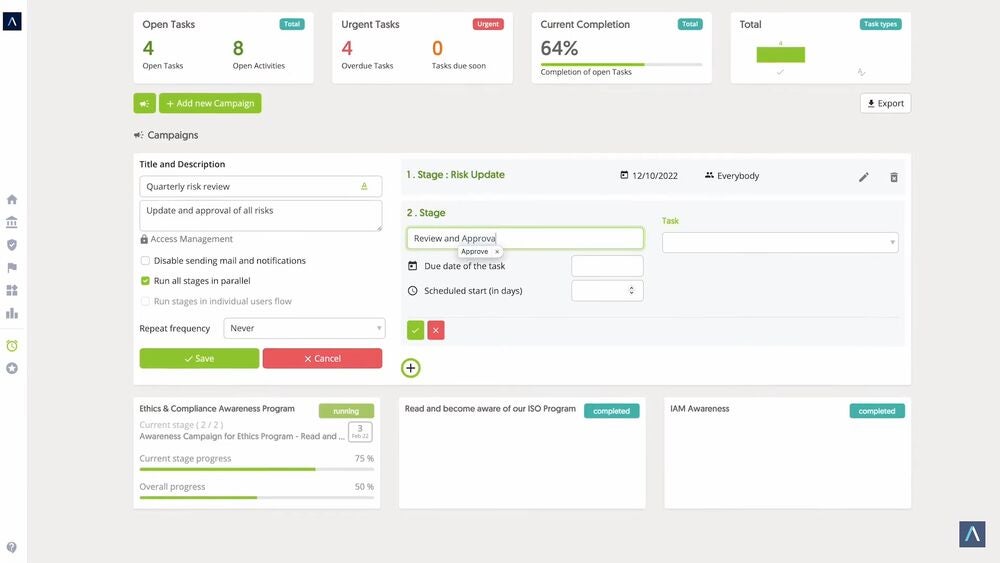
The system offers enough capabilities throughout its intuitive interface for users of all technical backgrounds to streamline their organizational risk monitoring and management.
Pricing
Mitratech doesn’t list pricing for its Alyne GRC product. Interested parties can contact the company directly to request a demo and pricing for the software solution.
Features
- Mobile-friendly design.
- Analytics and reporting.
- Risk assessments.
- Policy and document interpretations.
- Multi-language capabilities.
Pros
- The software provides 1,500 out-of-the-box, pre-defined risk mitigation templates mapped to controls and regulations.
- Mitratech offers integrated GRC tools and solutions and integrations with third-party providers, enabling users to manage risk across their organizational operations.
- Users can easily implement customizations to their software using the system’s no-code configuration and workflows, regardless of their technical background.
Cons
- Mitratech does not provide transparent pricing information for its Alyne solution.
IBM OpenPages: Best for scalability
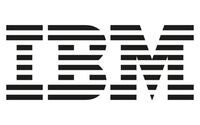
If you’re looking for scalability in your GRC solution, look no further than IBM OpenPages. IBM’s unified GRC product is available through five bundle pricing options, allowing users to select the plan that meets their organization’s changing needs.
SEE: 8 Best Identity and Access Management (IAM) Solutions in 2024 (TechRepublic)
Each of the product bundles incorporates real-time data analysis, AI and no-code configuration within its core features, making OpenPages a robust solution for harnessing accurate and comprehensive insights. This flexibility offered to organizations, paired with the solution’s robust AI integrations, makes OpenPages an effective choice for supporting growing organizations.
Why I chose OpenPages
OpenPages stood out to me as a highly scalable solution with options equipped to handle teams of all industries and sizes. The product boasts impressive capabilities, as it can support over 2,500 concurrent front-office and back-office users while enabling all necessary members to carry out 24/7 risk monitoring. That said, you can rest assured that OpenPages can grow alongside your team while maintaining its effectiveness, even when applied to large-scale operations.
Pricing
- IBM Assessment for Third-Party Risk Management: Starts at $48,000.
- OpenPages SaaS Single Solution: Starts at $75,000.
- OpenPages SaaS Enterprise: Starts at $108,000.
- OpenPages Client-Hosted / Hybrid Single Solution: Starts at $162,000.
- OpenPages Client-Hosted / Hybrid Solution Bundle: Starts at $207,000.
Features
- Predictive insights.
- GRC virtual assistant.
- GRC embedded workflows.
- Customizable dashboards.
- REST API integrations.
Pros
- Users can access insights about the organization’s data privacy maturity and risks through the privacy officer dashboard.
- The product features an intuitive, task-focused user interface.
- Configurable workflows offer drag-and-drop functionality for easy workflow management.

Cons
- Some users reported complexity when integrating the software with third-party tools and solutions.
Fusion Framework System: Best for third-party risk management
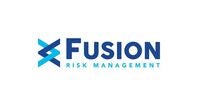
The Fusion Framework System by Fusion Risk Management is software designed to simplify risk resilience for organizations. Through objective risk insights and process mapping, it offers enhanced visibility into an organization’s risk-related operations.
SEE: What Is Cloud Security? (TechRepublic)
The solution lets users get the most out of its capabilities by providing informative data-backed insights and adapting to changes in the organization’s GRC operations. To this end, businesses can integrate their data from alternative systems within the solution, allowing for more significant insights and enhanced operational resilience.
Why I chose the Fusion Framework System
Fusion Framework System felt like an appropriate choice for this list, as its third-party management solution offers excellent value for teams looking to manage risk across their entire third-party ecosystem.
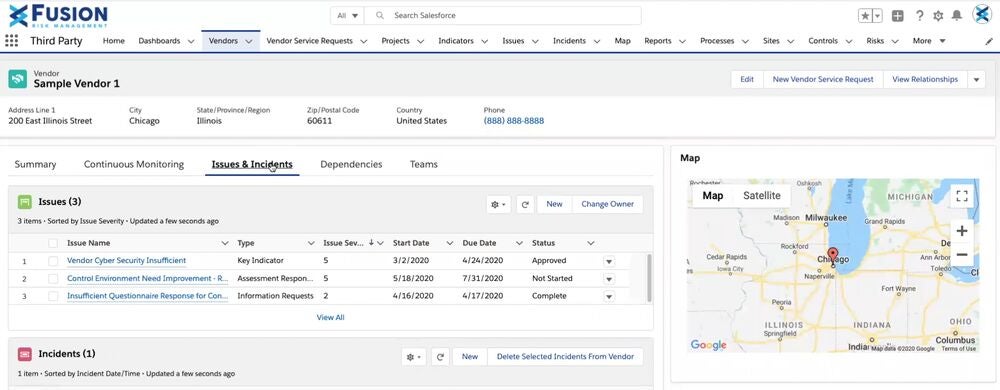
From vendor evaluations to offboarding and terminations, the solution offers features designed to provide clarity and security across each of the organization’s third-party processes. I have found the range of capabilities offered for assessing third-party relationships has helped me confidently approach decisions regarding risk mitigation and reach decisions to mitigate risk and fulfill their digital transformation initiatives.
Pricing
Fusion doesn’t list pricing for its Fusion Framework System product. Interested parties can contact the company directly to request a demo and pricing for the software solution.
Features
- API integrations.
- Consulting support.
- Disaster recovery monitoring.
- Workflow optimization.
- Auto-generated reporting.
Pros
- The solution is flexible, and businesses can adjust their system based on their unique GRC processes and KPI needs.
- Fusion offers support from subject-matter experts through Fuel, its consulting services.
Cons
- Fusion Risk Management is hosted on the Salesforce platform and is, therefore, limited to the Salesforce platform’s capabilities.
- Vast customization options may be overwhelming for new users.
StandardFusion: Best for business expansion

Not to be confused with the Fusion Framework System, StandardFusion is a GRC solution aimed at supporting business growth. The solution integrates and unifies GRC management within one comprehensive system, allowing teams to enjoy exceptional visibility into their operations.
By simplifying security operations, the product enables teams to stay resilient against roadblocks and dedicate more time and effort to business expansion. Its adaptive data model helps make this possible by providing insights and capabilities that align with the business’s goals.
Why I chose StandardFusion
StandardFusion earned its place on this list by offering features that reduce the effort required for teams to manage their governance, risk and compliance while supporting their business’ expansion. It supports global business growth with scalable features available across different industries and locations.
For me, the idea of maintaining compliance when expanding business operations to new regions can be nerve-wracking. But I was happy to find that StandardFusion allows users to adjust the system’s management operations so that they can satisfy all of their growing global regulatory requirements.
Pricing
StandardFusion doesn’t list pricing for its GRC platform. Interested parties can contact the company directly to request a free trial and pricing for the software solution.
Features
- Comprehensive dashboards.
- Risk analysis.
- Automated alerts.
- Policy acceptance tracking.
- Real-time compliance monitoring.
- Customizable approval workflows.
Pros
- Centralized data and analytics features and collaborative policy editing capabilities support teams in consolidating operations across their organization.
- StandardFusion offers a seven-day free trial to interested parties through their website.
- Risk analysis tools use real-time analytics, providing users with data-driven insights into threats.
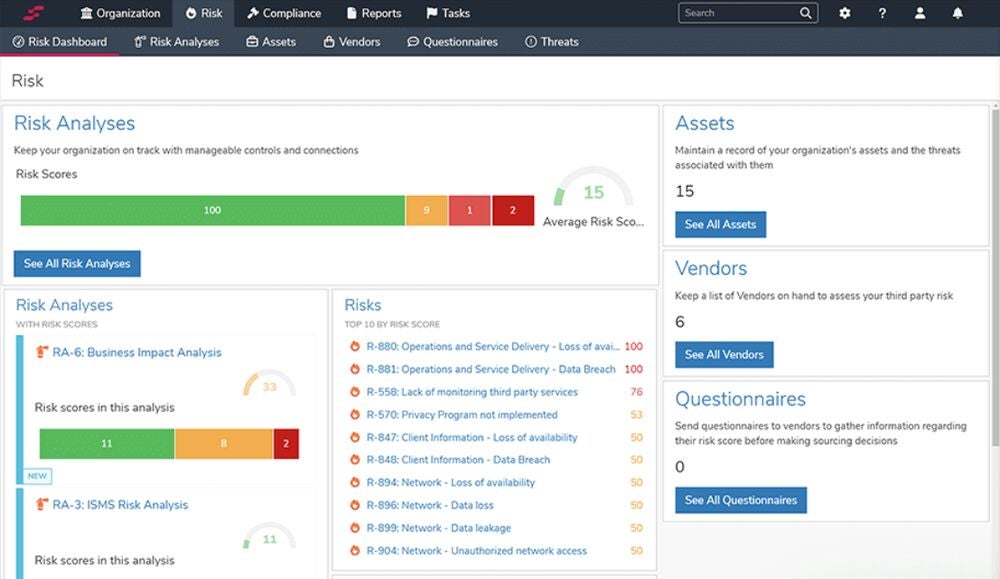
Cons
- Reviewers have cited dissatisfaction with the limited customization options for system notifications.
ServiceNow: Best for Visibility
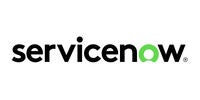
ServiceNow’s Governance Risk and Compliance product offers a real-time solution to managing business risk. It helps organizations improve their resilience, with capabilities geared toward tackling disruptions head-on. Robust features like continuous monitoring, scenario analysis and tolerance assessments are all elements found within the continuity, recovery and risk programs included in this unified GRC solution.
Why I chose ServiceNow
Call me a control-freak if you must (I prefer cautious), but I like to stay in-the know about any issues that may come my way. ServiceNow helps me achieve this by offering continuous, real-time monitoring of various factors pertaining to organizational risks, performance and resilience.
Better yet, its dynamic dashboards make it easy to view and track each essential metric continuously across critical business services. This way, users like me can quickly identify and manage non-compliant controls while maintaining a constant awareness of their business’s status in real-time.
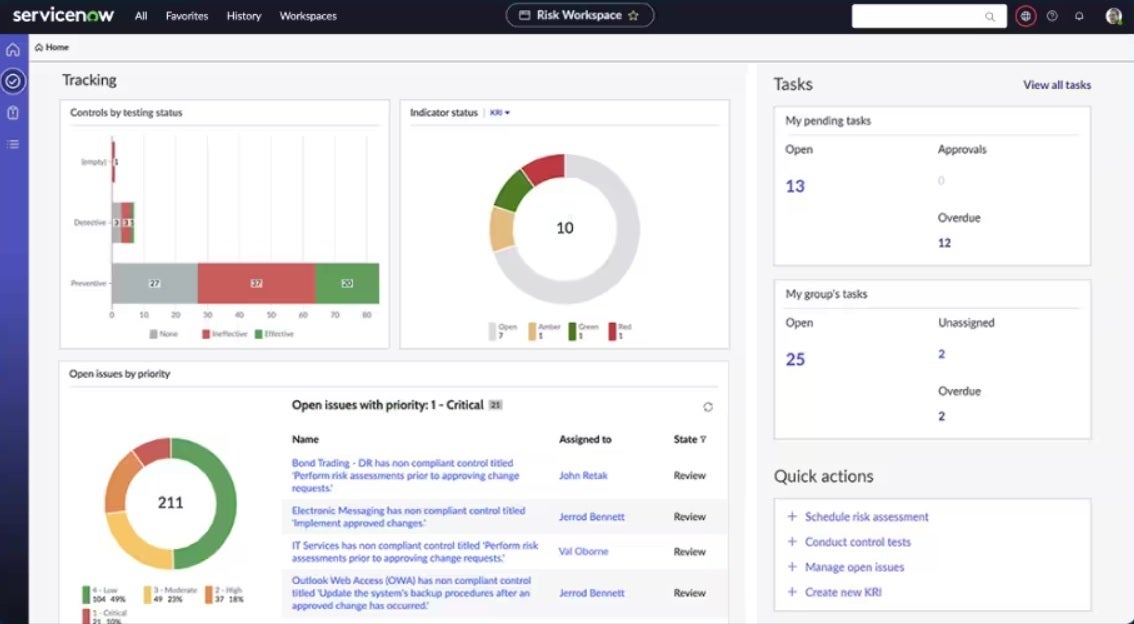
Pricing
ServiceNow doesn’t list pricing for its GRC product. Interested parties can contact the company directly to request a demo and pricing for the software solution.
Features
- Dynamic dashboards.
- Unified data sharing.
- Third-party risk management.
- Risk intelligence scoring.
- Automated RMF processes.
Pros
- Supports robust integrations with other ServiceNow solutions.
- Boasts impressive automated risk management, monitoring and remediation features.
Cons
- Users have complained about the tool’s user interface not being very intuitive.
Hyperproof: Best for workflow optimization

An organization’s resilience depends on the efficiency of its operations. Fortunately, the Hyperproof solution is aimed at optimizing critical workflows with task automation, risk prioritization and team reporting.
The software also automates evidence collection and clear reporting, providing comprehensive visibility of the organization’s systematic risk management. Proving compliance is simplified by the system’s document repository.
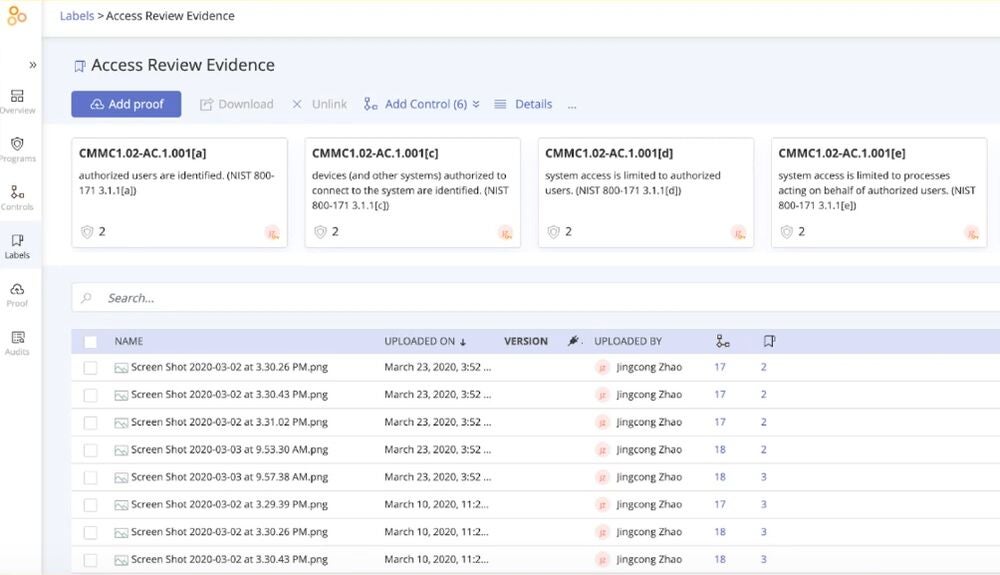
Why I chose Hyperproof
I am always on the lookout for solutions with workflow features that, well, work. By this, I mean ones that harness automation in their workflows to organize team operations in a way that satisfies their objectives. Hyperproof achieves this beautifully through workflows that provide the right amount of automation and visibility to keep organizations in check.
Hyperproof’s enhanced compliance, audit, vendor and risk management workflows align team members on the path to GRC success with a variety of robust capabilities. For instance, teams can map compliance controls across frameworks, link proof to controls to simplify proof collection, track issues and risks and even centralize communication with auditors.
Pricing
Hyperproof doesn’t list pricing for its GRC product. Interested parties can contact the company directly to request a demo and pricing for the software solution.
Features
- Customizable reports.
- Risk register.
- Continual customer support.
- Issues management.
- Third-party integrations.
Pros
- Hyperproof includes an intuitive user interface on a unified platform.
- The solution automatically adjusts to ongoing changes related to audits and other GRC management processes.
- Users can implement customizable controls for flexible compliance management.
Cons
- Hyperproof includes a wide array of features within its solution, resulting in a significant learning curve for new users.
Businesses that can benefit from GRC tools
GRC tools are advantageous for any organization looking to optimize its procedures. These solutions bring more transparency into the processes involved in managing regulatory requirements and support an organization’s resilient security posture.
A key aspect of these tools is their ability to unify management objectives into one system. Leaders and lower-level users alike can stay up to date with tasks through the system’s automated features and trackable workflows, which enhance team collaboration. That said, larger teams will benefit from the productivity-boosting capabilities of these streamlined solutions, like the dynamic dashboards, alignment facilities and unified interfaces.
GRC frameworks are designed to help users manage risks, so they are optimal for large organizations with highly sensitive data. However, even small businesses can experience significant losses from a security breach and should implement cybersecurity solutions like these to safeguard their data. GRC tools approach data loss by identifying risks and executing mitigation strategies to protect valuable assets, making them an important line of defense for smaller organizations.
Another perk of GRC systems is that they make tracking and managing compliance obligations a breeze for organizations juggling essential regulatory responsibilities. It can offer an easier way for businesses with critical governance standards to keep up with evolving internal and external rules and regulations. So, instead of struggling with audits or facing penalties, businesses can efficiently maintain their compliance with ever-changing policies and operate with integrity.
At the end of the day, GRC tools can have positive effects on most organizations but may not be worth the cost and effort required to implement them. If you’re wondering whether a GRC system is a good choice for your business, consider how one would fit into your organizational operations. For example, if your operations involve sensitive data, third-party relationships, governance standards, and regulatory requirements, a GRC system may be the tool for you.
How do I choose the best GRC tool for my business?
The best tool for your business will depend on its unique GRC management requirements. By considering your organization’s essential obligations and existing GRC processes, you can identify which software features will be most beneficial for enhancing its operational activities.
Businesses’ GRC requirements can vary based on factors like their size, industry and stakeholders. Larger organizations looking to streamline processes between numerous users and teams should seek a GRC tool with collaborative features like flexible workflows, team reporting and unified data sharing. These can break down information silos and promote more transparency across teams.
If your organization aims to improve compliance audit efficiency, its GRC management tool should include capabilities to support this. Hyperproof is an excellent example of a system that provides supportive features for managing audit requirements, as it has customizable reporting and automatically updates in accordance with relevant compliance and governance updates.
Consider your organization’s key risk factors. Some GRC tools may be more suitable for remediating certain risks than others, so it’s important to select one that satisfies your business’s critical needs. For instance, StandardFusion may be a good choice for organizations requiring help with their operations and compliance standings, as it comes with features like real-time compliance monitoring. Alternatively, a business with valuable assets may want to prioritize cybersecurity features instead when searching for a GRC tool.
Fortunately, many GRC software vendors allow businesses to try out their products with free trials and demos. Take advantage of these, as they can give you a feel for the system’s interface, customization capabilities and user-friendliness. If you are stuck between two comparable options, taking a test drive of the software may provide helpful insight into which tool would be most suitable for your organization.
Review methodology
I wrote this technical review of GRC tools using compiled literature from relevant databases, including vendor websites, user testimonials and third-party reviews.
Additionally, I leveraged my personal experience with the GRC technologies covered in this review. Applying this knowledge, I considered how each featured product would serve businesses and organizations as they carry out GRC operations.
The information I referenced in this article was gathered from vendor websites, my user experience findings and an aggregate of user feedback to ensure a high-quality review.

